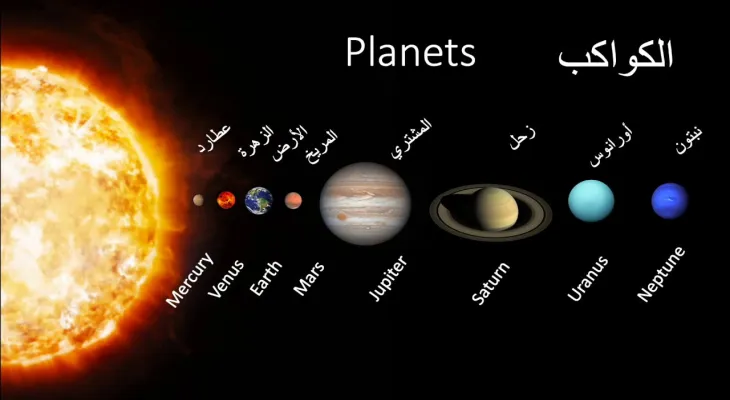Search here
Newspaper
Search here

Arab Canada News
News

By عبد السلام
Published: June 1, 2022
Neptune and Uranus are so similar that scientists sometimes refer to the distant ice giants as planetary twins.
But these ice giants have one major difference: their color.
New observations from space and ground telescopes have revealed the reason for this difference. The farthest planets from the sun in our solar system, Neptune and Uranus, have the same sizes, masses, and atmospheric conditions.
Looking at the two planets side by side, which became possible after NASA's Voyager 2 spacecraft flew by in the 1980s, Neptune has a bright blue appearance and Uranus is pale sky blue.
Astronomers used the Gemini North telescope, NASA's infrared telescope, both in Hawaii, and the Hubble Space Telescope to create a model that can match the observations of Neptune and Uranus.
Scientists acknowledged that the excess haze accumulation in Uranus's atmosphere gives it a lighter appearance, this haze is thicker on Uranus than the similar atmospheric layer on Neptune, so it whitens Uranus's appearance from our perspective.
Without this haze in either planet's atmosphere, astronomers believe both planets would be almost identical in blue color.
US politics, Canada’s multiculturalism, South America’s geopolitical rise—we bring you the stories that matter.
By signing up, you agree to our Privacy Policy
Somedays, a Canadian pain relief company during menstruation, offers non-menstruating individuals a...
2 August 2022
Throughout his life, Josh Feldman relied on lip reading to understand what someone was saying – but...
2 August 2022
A shiny object seen sparkling across the sky on a bright sunny morning in Ottawa was a meteor. Te...
1 August 2022
The American "New York Post" newspaper revealed that debris from the Chinese satellite will reach Ea...
28 July 2022
Some medications can target pain areas. However, there are some pains that medications cannot reach....
22 July 2022
CAE Inc. plans to train future pilots in electric aircraft. The Montreal-based flight simulator and...
19 July 2022
Tuesday, 01 July 2025
--°C
--°C
Comments